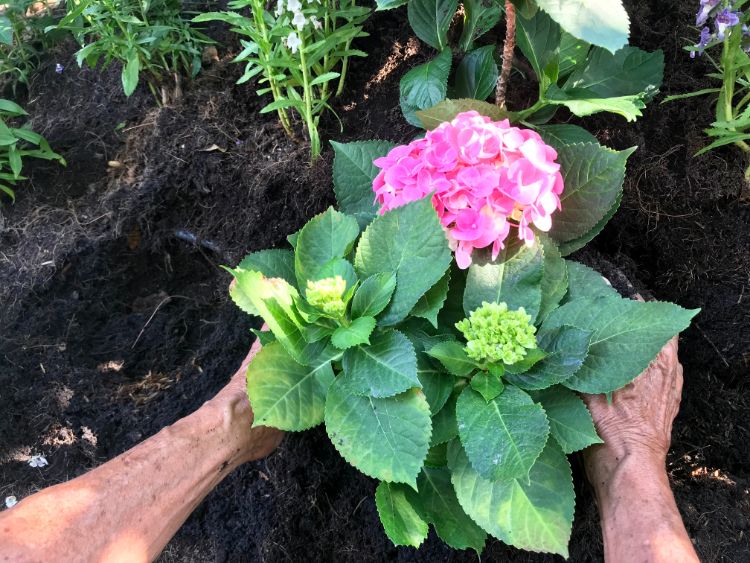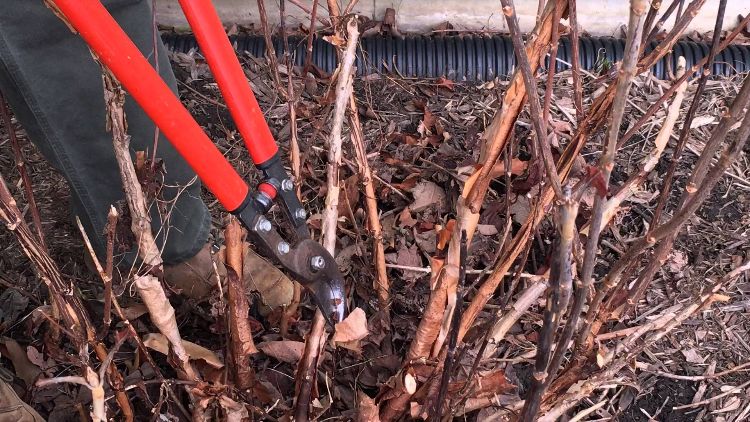You can recognize them by their immense flower heads and splendid displays of color. The hydrangea is a timeless plant that brings old-fashioned charm to any garden, with colors like frosty white, rose, clear blue and dazzling pink. They're easy to grow and hard to resist. And, although there are almost countless varieties of them, here are some of the most popular:
• Oakleaf hydrangeas are hardy North American natives with cone-shaped flower clusters and oak-like leaves.
• Smooth hydrangeas are another North American plant that includes everyone’s favorite white-bloomed Annabelle and some new pink varieties.
• Bigleaf hydrangeas have rounded “mop head" flower clusters in white, pink, purple and blue. They include the classic Nikko Blue and newcomers like Endless Summer.
• Climbing hydrangeas become heavy, rising vines that can cover large walls and supports.
• Smooth hydrangeas are another North American plant that includes everyone’s favorite white-bloomed Annabelle and some new pink varieties.
• Bigleaf hydrangeas have rounded “mop head" flower clusters in white, pink, purple and blue. They include the classic Nikko Blue and newcomers like Endless Summer.
• Climbing hydrangeas become heavy, rising vines that can cover large walls and supports.
Advertisement
Hydrangeas adapt beautifully to most garden sites -- group plantings, shrub borders or containers. Here are six tips for growing them:
1. Start with good soil
Hydrangeas grow best and become even more colorful in nutrient-rich, porous soil. Mixing in some organic matter before planting will enrich the soil and loosen it so the roots can spread easily.

Shutterstock
2. Give them room to grow
Dig a hole that’s as deep as the root ball and two to three times wider. Set the plant in the hole and fill half the hole with soil. Add water. After the water has drained, fill in the rest of the hole with soil. Water thoroughly. Don’t crowd them! The plants should be 3 to 10 feet apart.

Shutterstock
3. Show them the morning sun
If you’re growing hydrangeas in the warmer climates of the South, pick a spot with morning sun and afternoon shade. As a matter of fact, that’s good advice for most climates. Hydrangeas can handle full sun in northern regions, and there are varieties -- the Panicle hydrangea in the photo below, for instance — that thrive in full sun in any climate.

Shutterstock
4. Don’t overfertilize
Some gardeners don’t fertilize their hydrangeas for fear it will encourage leaf growth at the expense of the blooms. Others believe that the phosphorous in a granular fertilizer will actually promote bloom production. If you decide to fertilize, follow the instructions carefully, because too much fertilizer will give your plants large leaves with substandard flowers.

Shutterstock
5. Prune as needed
Pruning is somewhat specific to your type of hydrangea. But in general terms, you cut back the old and damaged stems down to the base to encourage growth. Unlike other plants, you don’t deadhead blooms on a hydrangea when they're spent. Wait until fall and remove them during the fall clean-up.
6. Try natural pest repellents
Slugs and bugs like your hydrangeas as much as you do. Sometimes crushed eggshells around the plant will work to deter them. Better yet, lure them and kill them by placing slug traps around your plants. These are simply shallow dishes containing beer. They're remarkably effective -- and cheap!
Advertisement

Shutterstock


